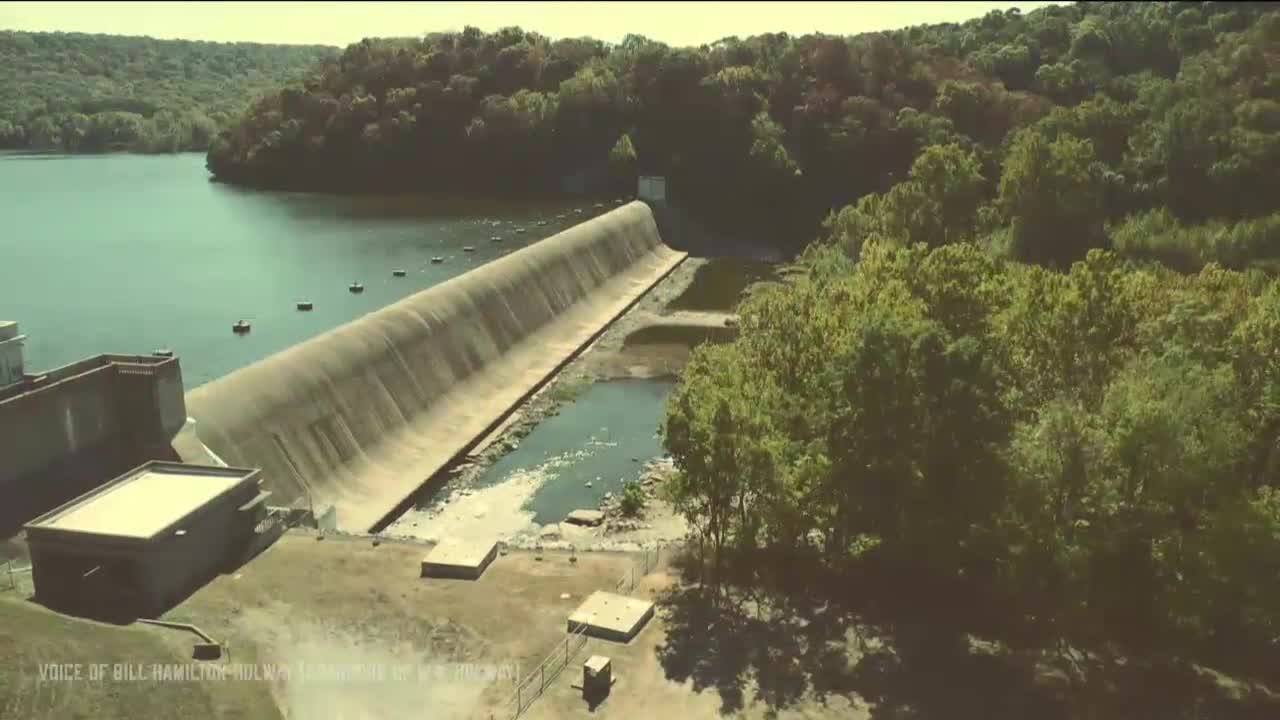Tulsa Celebrates 100 Years of Spavenaugh Water Project Transforming City Water Supply
September 25, 2025 | Tulsa, Tulsa County, Oklahoma
This article was created by AI summarizing key points discussed. AI makes mistakes, so for full details and context, please refer to the video of the full meeting. Please report any errors so we can fix them. Report an error »

In the heart of Tulsa, a century ago, a transformative project began that would shape the city’s future. The Spavenau Water Project, launched in 1924, aimed to provide clean and reliable water to a growing population that had relied on springs, wells, and the often-polluted Arkansas River. Residents joked that after a bath, they would need to dust off the silt that clung to their skin.
The journey to this monumental achievement began in 1908 when a group of influential Tulsans discovered the pristine waters of Spavenagh Creek during a hunting trip. Recognizing the potential, the city water commission hired a young civil engineer, W. R. Hallway, in 1921 to explore the feasibility of transporting this crystal-clear water to Tulsa. His report confirmed that gravity flow could make it possible, leading to a resounding approval from citizens for a $6.8 million bond issue to fund the project.
Construction of the Spavenau water supply system was no small feat. Over two years, workers built what would become one of the largest water projects in the nation, at a cost of $7.5 million. The Spavenaugh Dam, standing five stories high and stretching two-thirds of a mile, impounds a staggering 8.5 billion gallons of water in Spavenaugh Lake. This reservoir, once the largest in Oklahoma, feeds water to Tulsa through a 54-mile pipeline, which, at the time, was the longest raw water line in the United States.
On November 17, 1924, the completion of the Spavenau water system was celebrated with a toast of clean water, marking a new era for the city. Hallway even allowed the mayor to send his final paycheck through the flow line, a symbolic gesture of the project’s success. Today, Tulsa provides an impressive average of 105 million gallons of award-winning water daily to over 650,000 residents in the metropolitan area.
Reflecting on this legacy, the Tulsa World noted in 1924 that while oil may have built the city in the past, it was the Spavenau water that would be the foundation for its future. As Tulsa continues to thrive, the echoes of that ambitious project remind us of the vital role infrastructure plays in shaping communities.
The journey to this monumental achievement began in 1908 when a group of influential Tulsans discovered the pristine waters of Spavenagh Creek during a hunting trip. Recognizing the potential, the city water commission hired a young civil engineer, W. R. Hallway, in 1921 to explore the feasibility of transporting this crystal-clear water to Tulsa. His report confirmed that gravity flow could make it possible, leading to a resounding approval from citizens for a $6.8 million bond issue to fund the project.
Construction of the Spavenau water supply system was no small feat. Over two years, workers built what would become one of the largest water projects in the nation, at a cost of $7.5 million. The Spavenaugh Dam, standing five stories high and stretching two-thirds of a mile, impounds a staggering 8.5 billion gallons of water in Spavenaugh Lake. This reservoir, once the largest in Oklahoma, feeds water to Tulsa through a 54-mile pipeline, which, at the time, was the longest raw water line in the United States.
On November 17, 1924, the completion of the Spavenau water system was celebrated with a toast of clean water, marking a new era for the city. Hallway even allowed the mayor to send his final paycheck through the flow line, a symbolic gesture of the project’s success. Today, Tulsa provides an impressive average of 105 million gallons of award-winning water daily to over 650,000 residents in the metropolitan area.
Reflecting on this legacy, the Tulsa World noted in 1924 that while oil may have built the city in the past, it was the Spavenau water that would be the foundation for its future. As Tulsa continues to thrive, the echoes of that ambitious project remind us of the vital role infrastructure plays in shaping communities.
View full meeting
This article is based on a recent meeting—watch the full video and explore the complete transcript for deeper insights into the discussion.
View full meeting
